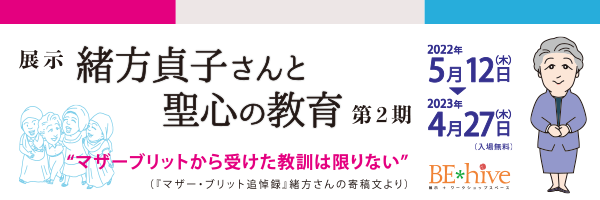Have you ever heard of the term “foot binding”?
Foot binding was a Chinese custom in the dynastic period of binding women’s feet with cloth to alter their shape into a smaller size.
The notion of “women being oppressed” may come to mind. However, it was in fact the mothers, not fathers, who had their daughters’ feet bound.
Why would mothers, who have suffered such pain since their own childhoods, do the same to their daughters?
Fashion trends of tightening body parts were also seen in other countries.
In the late 19th century, English women would tighten their corsets to an extreme, to narrow their waists possibly as thin as bees.
Behind the outfits that seem “irrational” to us today, there existed a blend of culture and values unique to the society that produced them. These particular cultural values have, by now, disappeared. However, even today, situations in which a particular attire is required based on gender still exist.
Many of you may have heard of the #KuToo movement that took place on social media in opposition to forcing women to wear heeled shoes and pumps.
Through this exhibition, we hope to offer you an occasion to trace and learn more about the history of foot binding and corsets, as well as an opportunity to recapture the #KuToo movement of recent years. We invite you to join us in thinking about how we can realize a society in which each individual can choose the outfit they deem appropriate for themselves.
Associate Professor, Faculty of Letters, Keio University
Visiting Researcher, Sacred Heart Institute for Sustainable Futures (SHISF),University of the Sacred Heart










